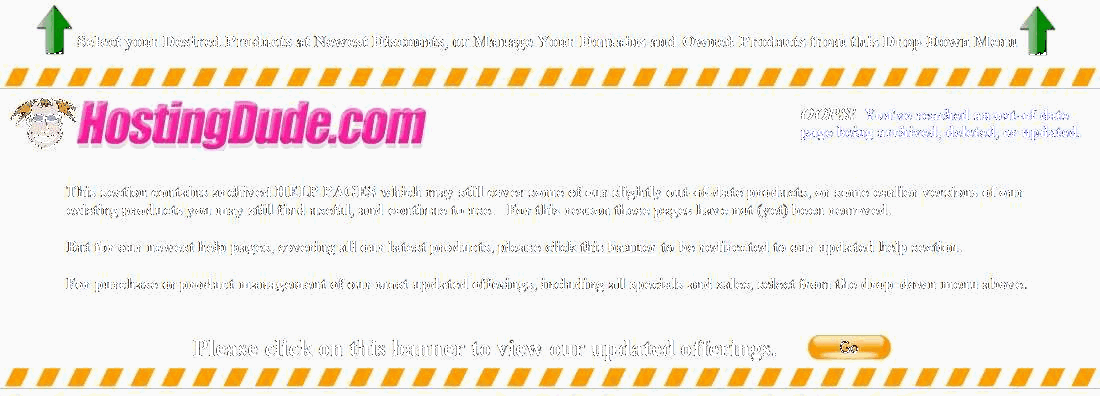Upgrading from Third-Party Webmail to Microsoft Email Using Outlook 2007
If you have an existing webmail account (such as Microsoft® Hotmail®, Gmail, AOL mail, or Yahoo! Mail) you can forward that account to your Microsoft Email mailbox. You can then import existing email that is stored in your webmail account by adding a POP account to Microsoft Outlook® 2007 to connect to your webmail account, and then moving the data to your Microsoft Email mailbox or to a Personal Folder File (.pst).
Forwarding your current email to your new Microsoft Email mailbox
Depending on the options available in your existing email service, there are different ways to forward email from to your Microsoft Email mailbox.
- If your webmail account supports email forwarding, there may be a setting or a properties option that allows you to set up email forwarding. If so, select it and specify your new email address as the address to which you want to forward your email messages.
- If you cannot find a forward email setting, ask your current email service provider to forward your email to your new Microsoft Email mailbox. This is known as mail relay.
Importing your existing Webmail data into your Microsoft Email mailbox
- From the Start menu, click Control Panel, click Mail, click Show Profiles, click Properties, and then click E-mail Accounts.
- On the E-mail tab, click New.
- In the Choose E-mail Service dialog box, click Microsoft Exchange, POP3, IMAP, or HTTP (ask your email provider which protocol you need to use to access your email account), and then click Next.
- Select Manually configure server settings or additional server types, and then click Next.
- In the Choose E-mail Service dialog box, click Internet E-mail, and then click Next.
- In the Internet E-mail Settings dialog box, under User Information, complete the following:
- Your Name
- Enter your full name the way that you want it to display to other people.
- E-mail Address
- Enter the email address assigned by your mail administrator or ISP. For example, yourname@coolexample.com.
- In the Server Information section, complete the following:
- Account Type
- Select POP3, IMAP, or HTTP (ask your ISP which protocol to use to access your email account).
- Incoming mail server
- Enter the full name of the server provided by your ISP or mail administrator. Often this is mail followed by a period and then your domain name; for example: mail.coolexample.com.
- Outgoing mail server
- Enter the full name of the server provided by your ISP or mail administrator. Often this is mail followed by a period and then your domain name; for example: mail.coolexample.com.
- In the Logon Information section, complete the following:
- User Name
- Enter the user name provided by your ISP or mail administrator. This might be just the part of your email address before the @ symbol, or it might be your complete email address.
- Password
- Enter the password provided by your ISP or mail administrator, or one that you created and then select Remember password.
- Click More Settings to configure any optional settings.
- Click Next, and then click Finish.
- Click Close, click Close again, and then click OK.
- Start Microsoft Outlook. Then, on the menu bar, click Send/Receive. Your email messages are copied from your Webmail account to your Microsoft Email account.
Removing your Webmail account from your Outlook profile
- In Microsoft Outlook, from the Tools menu, select Account Settings.
- On the E-mail tab, select your non-Exchange Service account, and then click Remove.
- Click Yes to confirm that you want to remove the account from your profile.
- Click Close.
NOTE: Your old email messages are still in the Personal Folder File (.pst) used by your Internet mail service. You can copy some or all of these to your Microsoft Email mailbox.
Use these resources to learn more about:
Adding accounts to Microsoft Office Outlook
Using your Microsoft Windows Live Hotmail account in Outlook
Configuring Outlook to work with Hotmail
Transferring contacts between Outlook and Google Gmail
Importing contacts from Windows Live Hotmail to Outlook
Import Errors




